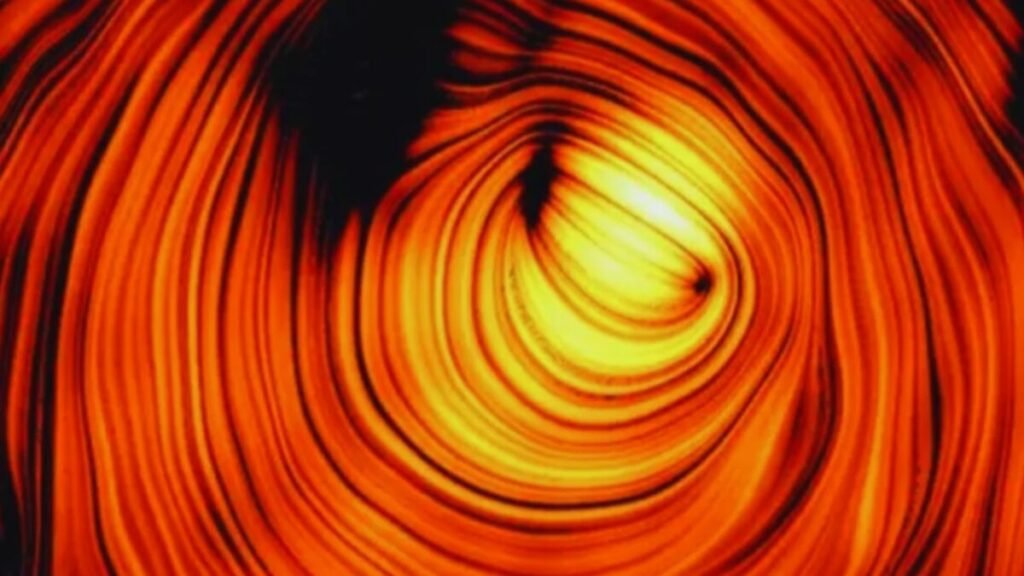The Cosmic Eye Watching Us: An Image Reveals the Magnetic Secrets of a Blazar

The universe is full of milestones that seem to come straight out of science fiction. One of them has just materialized: a cosmic photograph that resembles the Eye of Sauron, but in reality belongs to a blazar that projects its energy directly towards Earth. This allows us to decipher magnetic puzzles and delve into the physics of the most elusive particles in the cosmos.
The birth of the “Eye of Sauron”

The protagonist of this story was discovered in the seventies as a radio source and later identified as a blazar in 1988. What makes these objects extraordinary is the alignment of their energy jets with our planet: with just a 0.6-degree inclination, they become true cosmic beacons that shine brighter than their own galaxies of origin.
For years, the image has taken shape thanks to data collected by the Very Long Baseline Array, a set of ten radio telescopes spread across the United States and its territories: a perfect spiral magnetic field, resembling an eye opening in the darkness of the universe.
A laboratory of invisible particles

This blazar is the brightest known emitter of neutrinos, the so-called “ghost particles” that pass through matter without leaving a trace. It is estimated that trillions of these particles cross our bodies every second without us even noticing.
The reconstruction of the magnetic field suggests that it is this very environment that accelerates protons to such extreme speeds that they end up transforming into neutrinos. If confirmed, this finding would not only help understand the origin of these particles, but also reveal fundamental processes of high-energy physics.
Beyond the literary metaphor
Its resemblance to Tolkien’s famous image has led popular culture to infiltrate scientific discourse. However, behind this metaphor lies one of the deepest insights into the functioning of blazars.
Although many questions remain unanswered, this achievement marks a milestone in contemporary astronomy: facing a cosmic colossus head-on and, through its brilliance, obtaining fragments of truth about the invisible universe that surrounds us.






